Start by Building Psychological Safety
Underlying every successful organization are high-performing teams – executive teams, project teams, and cross-functional teams. Teams are the units within companies that get much of the real work done. Building a high-performing team or effective teams is critical to the ongoing growth and success of any organization.
But, what do high-performing teams have in common and how do you go about creating them within an organization?
That was the question that Google tried to answer through Project Aristotle. In 2012, Google’s People Operations wanted to determine why some teams thrive and others fail. They assumed, like many of us, that the best teams were made up of the “A” players. They reviewed academic research and studied hundreds of internal teams, and the results were more than a little surprising. The number one predictor of team performance is not, in fact, the aggregate level of talent on a team. Rather, it is the presence of psychological safety.
Psychological Safety and High Performing Teams
According to Harvard Business School professor Amy Edmondson, psychological safety is “a shared belief held by members of a team that the team is safe for interpersonal risk-taking. It is a sense of confidence that the team will not embarrass, reject or punish someone for speaking up.”
If building psychological safety is the best predictor of A-teams, how do we go about doing so? The following four practices can help you build strong teams and a company positioned for long-term growth.
1. Stop Judging
Judgement of others creates a toxic team environment where we make assumptions about team members based on behaviors and preconceived perceptions. Creating psychological safety depends on the ability to suspend judgement of others’ behaviors and actions. Each of us has a unique worldview, shaped by our motives, experiences, and backgrounds. During the day, though, it’s helpful to practice becoming aware of these differences. Our motives influence the ways we engage and communicate with team members. It’s where we achieve a sense of self-worth.
People are primarily driven by a need to achieve results, the desire to help others, or the necessity to establish order. When we engage with others with different needs and motives, there is a chance to react negatively, make judgements, and even create conflict. Understanding what uniquely drives each one of us creates the bridge to understanding and then to the appreciation of others’ differences leading to psychological safety within the high-performing team. To get started, observe the actions and behaviors of others and try looking for the “why” behind the action. The SDI 2.0 can jump-start this process by providing an objective and accurate measure of individual motives and strengths, and a composite of your team’s 28 strengths.
2. Communicate TO (Not AT) Others
Most people tend to communicate and interact with others based on our own preferred style of communication. Doing so can be counterproductive. We risk putting others into a defensive posture and start to trigger conflict – both of which undermine psychological safety and hamper team performance. It also makes people feel like they are being talked at, not talked to.

Talking at someone can alienate the other person and cause conflict. When people feel alienated and not part of a conversation, they are more likely to shut down and withhold their great ideas for the sake of escaping the uncomfortable situation.
Strong personal relationships are forged through an understanding of our differences and communicating in a way that respects those differences. In your upcoming meetings and conversations with your team and individual team members, consider each person’s preferred style of interaction. Do they like to get right to the point or do they prefer details and background information? Do they like to dedicate time to talk about personal topics before shifting to business?
Take that into account in advance and try showing up and communicating in a way that reflects and respects their preferred style. Doing so will nurture individual relationships while preventing defensiveness and conflict.
Members of high-performing teams are uniquely adept at communicating with each other, rather than doling out orders or barking commands.
3. Provide a Safe Way to Engage
Corrosive conflict within teams characterized by negative feedback, verbal jabs, and lobbing insults at one another undermines team performance by removing psychological safety. Team members hold back potentially risky suggestions and ideas, which can and often do lead to innovation and breakthroughs.
Understanding and appreciating individual differences among team members can help shift from unproductive and damaging conflict into opposition. Opposition is simply an objective disagreement, and vital for any high-performing team. It is healthy and allows teams to challenge each other in a way that is productive. Healthy opposition is a hallmark of high-performing teams.
Conflict happens when opposition gets personal, and can have negative repercussions for a team. Appreciating that each of us has a unique perspective is a start but, we also need a safe way to discuss our differences of opinion or approach. Instead of stating why an idea or initiative will fail, try asking questions that tap into our unique perspectives and motives. Ask questions such as the following:
- “Because I know you like to move fast, what is one decision we need to make now to achieve our goals?”
- “Whose perspective should we get on this issue in order to ensure we have looked at it from all points-of-view?”
- “Given your process orientation, what step might we be overlooking if we are to be successful?”
- “What can we do in this moment to ensure everyone feels heard and valued?”
4. A-Teams Ask for Feedback
Even with a greater understanding and appreciation for others’ motives and preferred communication styles, we aren’t going to get it right every time. Deadlines, time pressure, and stress can lead even the best teams to abandon what we know to be intuitively right and default to our preferred methods of interaction.
To create the space for psychological safety, be the maverick who asks for feedback first. It’s easier to follow the leader who practices what they preach.
Ask for feedback from your teammates to improve your communication. Reach out to teammates after a particularly tense meeting and ask if the way you interacted respected the other members of the team. Be sure to ask questions that don’t lead to a polite response such as, “How did I do?” Instead, ask “How did my communication reflect the needs of the group? What could I have done better to improve the way I was received by team members?” Make asking for feedback a regular part of your routine to improve communication and maintain psychological safety among team members.
Improving Team Performance
Building a high-performing team requires an underpinning of psychological safety. The 4 tactics above will go a long way to ensuring you establish and maintain psychological safety within your teams and overall organization.
To further explore how to build a high-performing team, please read Core Strengths’ approach to teams.








